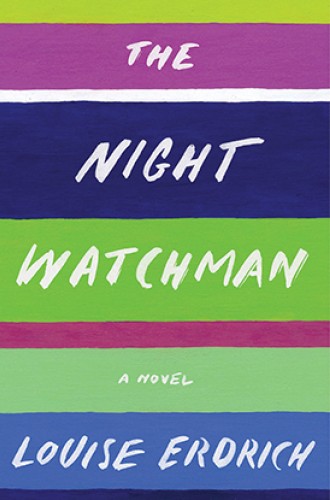Louise Erdrich’s novel gives names, faces, words, and life to the Chippewa Turtle Mountain Band
A story of survival in the face of termination
There’s a moment in The Night Watchman when all the slow, patient work that Louise Erdrich does to introduce her characters and familiarize us with their lives suddenly crashes full speed into a powerful gut punch. Two worlds collide in a way that is nauseating, fearful, sad, and deeply ironic. This collision is important because it suddenly and entirely reshapes the story. It may also help us better understand our current sociopolitical environment.
When the video of a Minneapolis police officer crushing the life out of George Floyd made its way onto the internet and the Black Lives Matter movement surged to renewed prominence, demonstrators across the globe made Floyd’s name into a rallying cry: “Say his name!” Why? Because they knew it was easier for white people in power to ignore the deaths of thousands of unnamed black men than to ignore the death of one specific man, whose name they knew—whose death they had witnessed and whose life they might come to understand.
This is a lesson that Erdrich clearly knows well. The Night Watchman beautifully and powerfully gives names, faces, words, and life to several members of the Turtle Mountain Band of the Chippewa tribe as they struggle to hold onto their land and their ways of life. We get closest to Thomas Wazhashk, the titular watchman of the local jewel bearing factory, and Patrice “Pixie” Paranteau, a young woman who works at the plant. We meet a supporting cast of a dozen or so other characters as well, but these are the two most central to our experience of the story.






